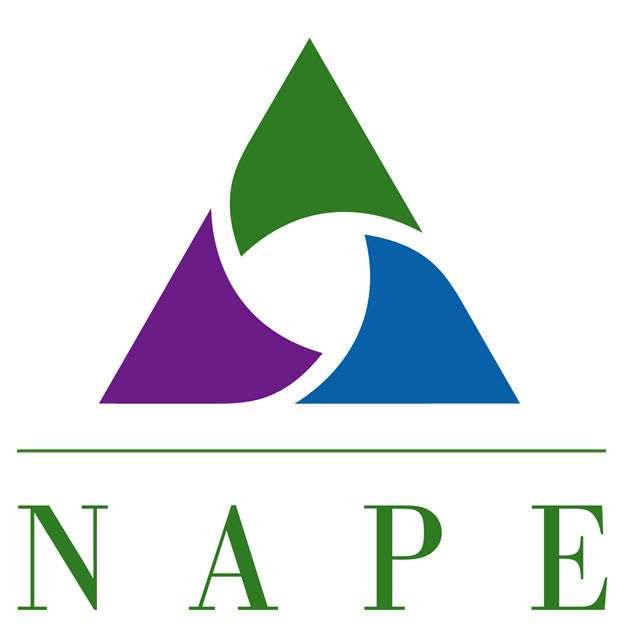NA 1.3 Language Note: Native American
Although we will specifically discuss Native American students, many of the performance gaps and strategies are applicable to other underrepresented student groups. In this module, we use the term Native American as an overall term encompassing all American Indian, Alaska Native, and First Nations peoples. We recognize the importance of sensitivity to language and using terms preferred by the members of a specific population. Neither the term American Indian nor Native American is universally accepted.
The term Indian has been used for centuries, back to the time of Christopher Columbus’s mistaken assumption that he made landfall in Asia. The term Native American gained prominence beginning in the 1960s as an attempt to correct this error and be more respectful. Some people prefer Indigenous Peoples, Indigenous Peoples of the Americas, or First Nations to either Native American or American Indian.
In many sources, the terms Native American and American Indian are used interchangeably. Native American people sometimes prefer one over the other, but both are generally accepted. When you know a specific tribe, it’s generally best to use the name of that tribe rather than one of the generic terms (Walbert, n.d.).
You may find it helpful to ask your students what term they prefer and their reasons for that preference.
For more information, review American Indian vs. Native American: A note on terminology. (Note that this is a link to an archived version of this page and may not reflect its current state.)

